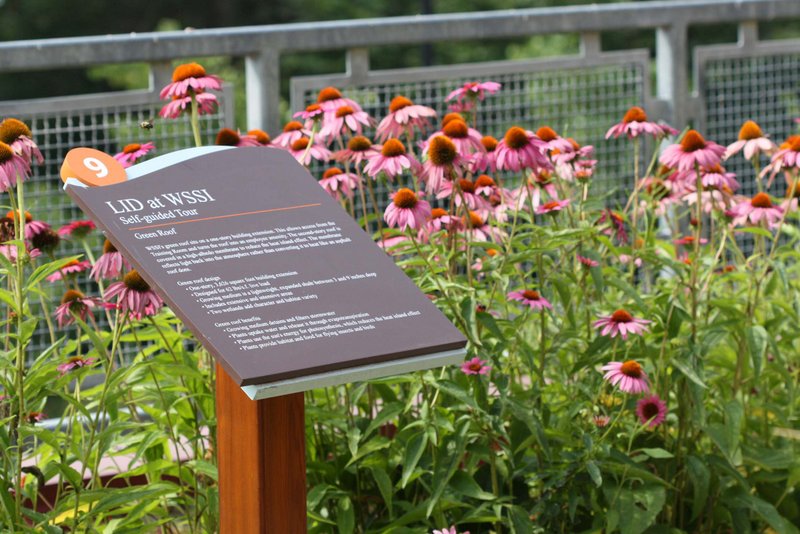In 2011, the District of Columbia adopted a precedent-setting stormwater permit that requires onsite retention with green infrastructure. Newly developed properties larger than 465 m2 (5000 ft2) will have to retain 30 mm (1.2 in.) of rain onsite for 24 hours, while redeveloped sites must capture a 20-mm (0.8-in.) storm. The redevelopment standards apply only when renovation project costs exceed 50% of the structure’s value before the project.
The permit also mandates a stormwater rule for managing stormwater and sediment and erosion control. The original 2012 proposal drew criticism from the development industry and mixed reviews from environmental groups. In the June 7 District of Columbia Register, the district announced a new proposed rule to be finalized by July 22.
In an effort to reduce compliance costs and increase flexibility for developers, the rule incorporates a stormwater credit trading program. According to the D.C. Department of the Environment, it will be the first of its kind in the U.S. Property owners could halve retention requirements by purchasing credits generated at nonregulated properties with certified green infrastructure installations and at regulated properties that control more stormwater than necessary.
Developers could also take credit for stormwater controls installed on or after May 1, 2009, for the amount exceeding retention requirements in place at the time. Another option would be to pay an in-lieu fee.















Is there any parallel similarity between the new approach to regulatory revenue in-lieu of compliance options – and the earlier examples of the “indulgences” sold to would-be sinners, or protection money being paid to the thugs…”keep the thugs away”..(?) 😉
This is not intended to be a “pay for your sins” scheme. This is an incentive-based program to seek cost efficient solutions for a problem that is expensive (urban retrofits) and growing in scale. The potential benefit of this program is that having more distributed stormwater controls (remember, half of retention is required to be onsite, leading to situations where there is likely to be a higher number of smaller BMPs rather than fewer larger facilities) leads to more overall retention over time, and that this program should encourage a higher amount of green infrastructure in areas where it is cheaper to do so – in socioeconomically challenged areas like Southeast – so social benefits will be generated in areas that need it, as will the benefits associated with economic revitalization and enhanced property values. Lastly, more receiving waters that are more susceptible to urban discharges are located in these areas (headwaters to Anacostia River), and higher infiltration in these areas will further protect these more sensitive waters (as opposed to tidal Potomac River close to Downtown, which is less sensitive to flashy urban flows).
In short, this program potentially can save money, encourage higher amounts of retention overall, and focus environmental and social benefits in areas that are in most need of these benefits.